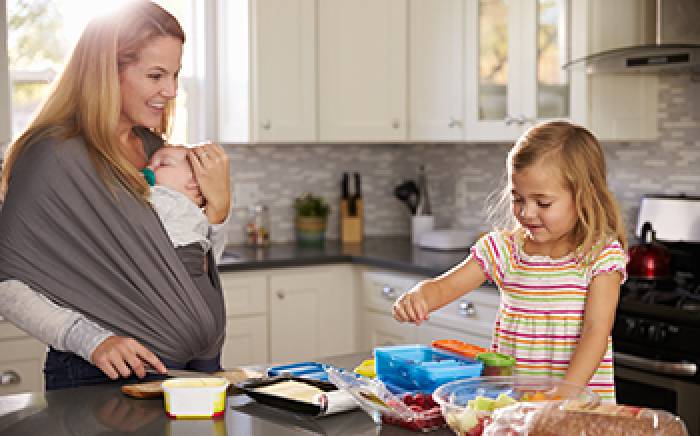Children are bitten by dogs more than any other age group. That’s why it’s important to teach them how to behave around four legged family members.
Dogs can enrich children’s lives, but any canine—even a long-time family pet—may bite if startled or threatened. In fact, most dog bites involving children happen during interactions with known dogs, according to the American Academy of Pediatrics.
“Children are most likely to get bitten by dogs on the face, arms or hands,” says Jesse Vrecenak, MD, a Washington University pediatric surgeon at St. Louis Children’s Hospital. “Bites to the chest or stomach are more rare but usually more serious because they tend to occur during aggressive attacks.”
To help your child enjoy interacting with dogs while staying safe, teach her to:
- give a dog a treat by offering it in the palm of the hand rather than with the fingers
- leave a dog alone if it is eating, drinking, sleeping, playing with a toy or resting on its bed or in its crate
- never approach an unfamiliar dog unless an adult is present and the dog’s owner gives permission
- recognize a dog’s warning signs that it doesn’t want to be bothered, such as a snap or growl
- treat dogs kindly and with respect—don’t tease or roughhouse with them
For 24/7 symptom checker and care guidelines, download the St. Louis Children’s Hospital free Kid Care app. Visit StLouisChildrens.org/KidCareKT to download.




